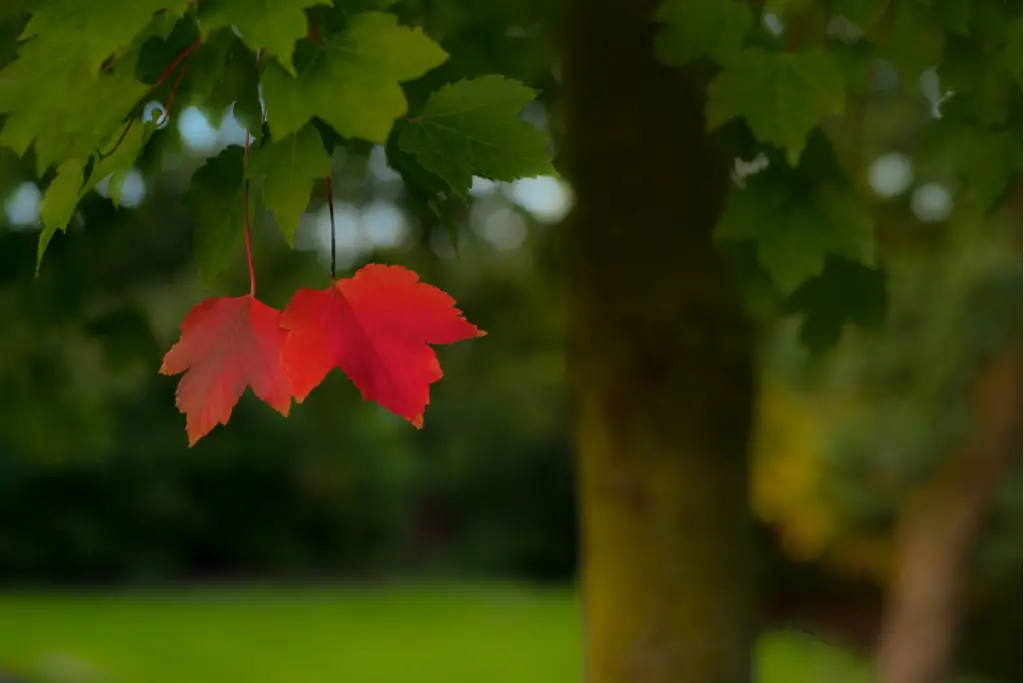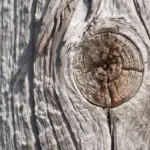Plants are a great addition to any home or garden, but sometimes their leaves can turn red or purple, which can be concerning for plant owners.
There are a variety of reasons why this might happen, and it’s important to understand what’s causing the discoloration in order to take the appropriate steps to remedy the situation.
When plant leaves turn red or purple, it’s often a sign that something is wrong. This discoloration can be caused by a number of factors, including nutrient deficiencies, pests, diseases, or environmental stressors like temperature or light.
By identifying the underlying cause, plant owners can take steps to address the issue and help their plants thrive.

Whether you’re a seasoned plant owner or new to the world of gardening, understanding why your plant leaves are turning red or purple is an important step in maintaining healthy, vibrant plants.
In this article, we’ll explore the most common reasons for leaf discoloration, as well as some tips for how to address the issue and keep your plants looking their best.
Table of Contents
Possible Causes of Why Your Plants Leaves are Turning Red or Purple
When plant leaves turn red or purple, it can be a sign of several issues. Here are some possible causes:
1. Nutrient Deficiencies
Plants require specific nutrients to grow and thrive. When they don’t get enough of these nutrients, their leaves can turn red or purple. The most common nutrient deficiencies that cause leaf discoloration are:
- Phosphorus
- Potassium
- Magnesium
2. Light Stress
Too much or too little light can cause plant leaves to turn red or purple. If the plant is getting too much light, it can cause photobleaching, which damages the chlorophyll in the leaves. If the plant is not getting enough light, it can cause anthocyanin production, which leads to red or purple leaves.
3. Temperature Stress
Plants are sensitive to temperature changes, and extreme temperatures can cause leaf discoloration. If the plant is exposed to very high or very low temperatures, it can cause the leaves to turn red or purple.
4. Pests and Diseases
Some pests and diseases can cause plant leaves to turn red or purple. For example, spider mites can cause leaves to turn red or yellow, while fungal infections can cause purple spots on the leaves.
If you notice your plant’s leaves turning red or purple, it’s important to identify the cause and take action to correct it. This can help prevent further damage and keep your plant healthy.
Diagnosis
When plant leaves turn red or purple, it can be a sign of a problem. Here are some steps to help diagnose the issue:
Visual Inspection
Check the leaves for any signs of damage or discoloration. Look for spots, holes, or chew marks. Check the stems and branches for any signs of damage or discoloration as well. If you notice any pests, such as aphids or spider mites, they may be the cause of the problem.
Soil Testing
Test the soil to see if it is too acidic or alkaline. Use a soil testing kit to determine the pH level of the soil. If the soil is too acidic, add lime to raise the pH level. If the soil is too alkaline, add sulfur to lower the pH level.
Water Testing
Test the water to see if it contains any contaminants. Use a water testing kit to determine the pH level and the levels of any chemicals or minerals in the water. If the water is contaminated, use a water filtration system to remove the contaminants.
How Can To Treat Your Leaves
When plant leaves turn red or purple, it is important to take action to address the underlying issue. Here are some treatments that can help:
Adjusting Nutrient Levels
One common cause of red or purple leaves is a nutrient deficiency. Plants need a variety of nutrients to thrive, and if they are not getting enough of certain nutrients, their leaves may turn red or purple.
To address this issue, gardeners can adjust the nutrient levels in their soil by adding fertilizer or other supplements.
It is important to choose a fertilizer that is appropriate for the specific type of plant and to follow the instructions carefully to avoid over-fertilizing.
Adjusting Light and Temperature
Another possible cause of red or purple leaves is too much or too little light or temperature. Some plants require a specific amount of light or a certain temperature range to grow properly, and if these conditions are not met, their leaves may turn red or purple.
To address this issue, gardeners can adjust the amount of light or temperature their plants are receiving.
This may involve moving the plant to a different location, adjusting the lighting or temperature in the room, or using a shade cloth to filter out excess light.
Treating Pests and Diseases
Finally, red or purple leaves may be a sign of a pest or disease infestation. Insects or fungi can damage plant leaves, causing them to change color or wilt.
To address this issue, gardeners can use pesticides or fungicides to eliminate the pests or diseases.
It is important to choose a product that is appropriate for the specific type of pest or disease and to follow the instructions carefully to avoid damaging the plant or harming other organisms in the environment.
How To Prevent Your Leaves from Turning Red or Purple
Prevention is the key to keeping your plant healthy and avoiding red or purple leaves. Here are some preventative measures that you can take:
Proper Watering and Drainage
Overwatering or underwatering can cause stress to your plant and lead to red or purple leaves. Make sure to water your plant when the top inch of soil is dry to the touch. Use a well-draining soil mix and a pot with drainage holes to prevent water from sitting in the soil.
Proper Fertilization
Too much or too little fertilizer can also cause stress to your plant. Use a balanced fertilizer and follow the package instructions for application. Avoid fertilizing during the winter months when your plant may be dormant.
Proper Lighting and Temperature
Plants need the right amount of light and temperature to thrive. Make sure your plant is getting the right amount of light for its specific needs. Check the temperature requirements for your plant and keep it in a suitable location.
Regular Inspections
Regularly inspect your plant for any signs of stress or disease. Catching issues early can prevent them from becoming more serious. Look for pests, discoloration, or any other abnormalities.
Conclusion
In conclusion, red or purple leaves on your plants can be caused by a variety of factors, ranging from environmental stress to nutrient deficiencies. Identifying the root cause of the problem is crucial to taking the right steps to remedy it.
By paying close attention to your plant’s growing conditions and taking steps to provide it with the proper care, such as adjusting the lighting, watering routine, or nutrient levels, you can help prevent red or purple leaves from occurring in the future.
If you notice red or purple leaves on your plants, it is essential to act quickly and address the issue promptly to prevent further damage or loss of your plants.
With the right care and attention, you can help your plants thrive and enjoy a vibrant, healthy appearance.
- How to Build a Planter Box for Bamboo: A Step-by-Step Guide

- Can Robotic Lawnmowers Handle Steep Slopes?

- Do You Need a Specific Lawn for a Robotic Lawnmower? Expert Advice

- Are Robotic Lawnmowers Safe for Pets and Children? Safety Features of Robotic Lawnmowers

- Why Use Robotic Lawnmowers? Advantages of Using a Robotic Lawnmower

- Is the GARDENA SILENO City 300 Cordless or Corded? A Clear Answer














